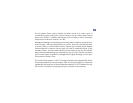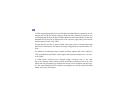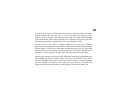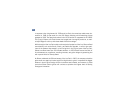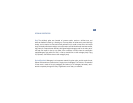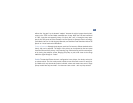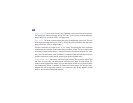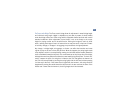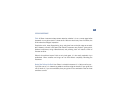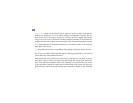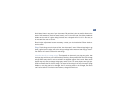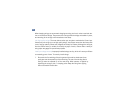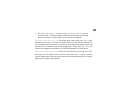
17
The Tune-o-matic Bridge.
The Tune-o-matic bridge allows for adjustment in overall bridge height
and individual string length. Height is adjustable up and down by means of thumb wheels
under the bridge at either end. Each string saddle is adjustable forw a r d and back with a small
s t a n d a r d scre w d r i v e r. Action adjustment (up and down) is set at the factory to the corre c t
height for playing comfort and for buzz-free action. Raising the bridge will result in stiff e r
action; lowering the bridge will result in faster action but may also result in fret buzz. Climatic
or humidity changes, or changes in string gauge, may necessitate a bridge adjustment.
Any change—in bridge height, string gauge, or climate—can affect the intonation and cause
a guitar to play out of tune in some fret positions. When this happens, the string length needs
to be adjusted, and this is accomplished by moving the individual saddles forw a r d (toward the
neck) or backward (toward the tailpiece). The screw heads are on the pickup side of the bridge,
although there are many Gibsons that have the screw heads facing the tailpiece. To check into-
nation, compare the pitch of a string that is fretted at the 12th fret against the harmonic at
the 12th fret (accomplished by touching the string lightly with the left hand, without pre s s i n g
it all the way to the fret). If the fretted note is higher than the harmonic, the string should be
lengthened by moving the saddle toward the tailpiece until the two notes are the same. If the
f r etted note is lower than the harmonic, the string length should be decre a s e d .



